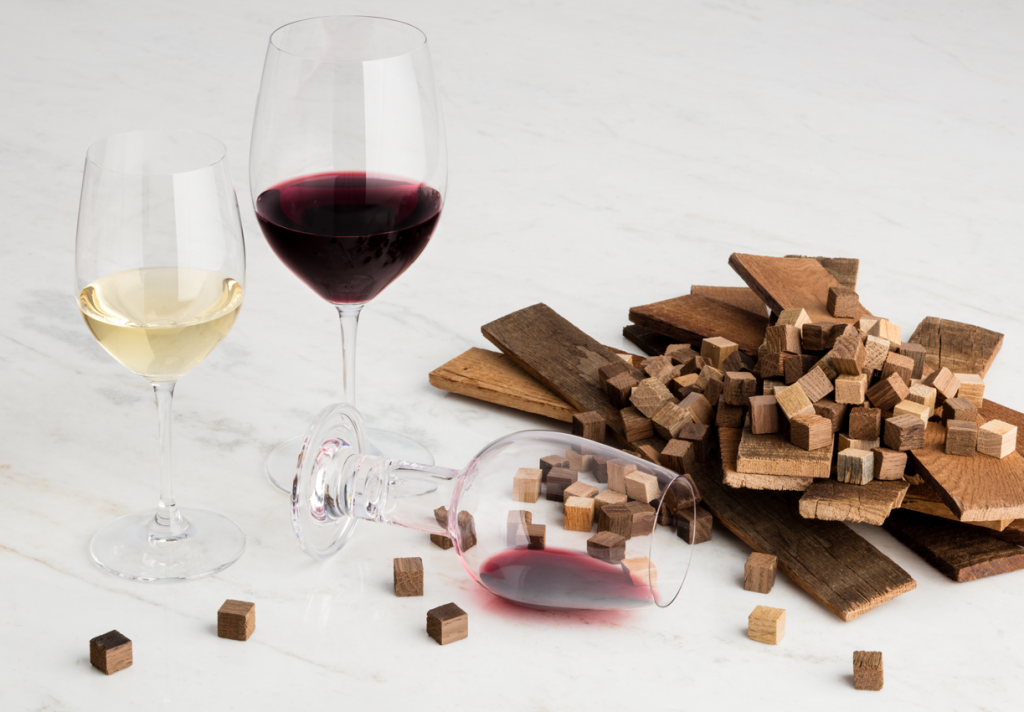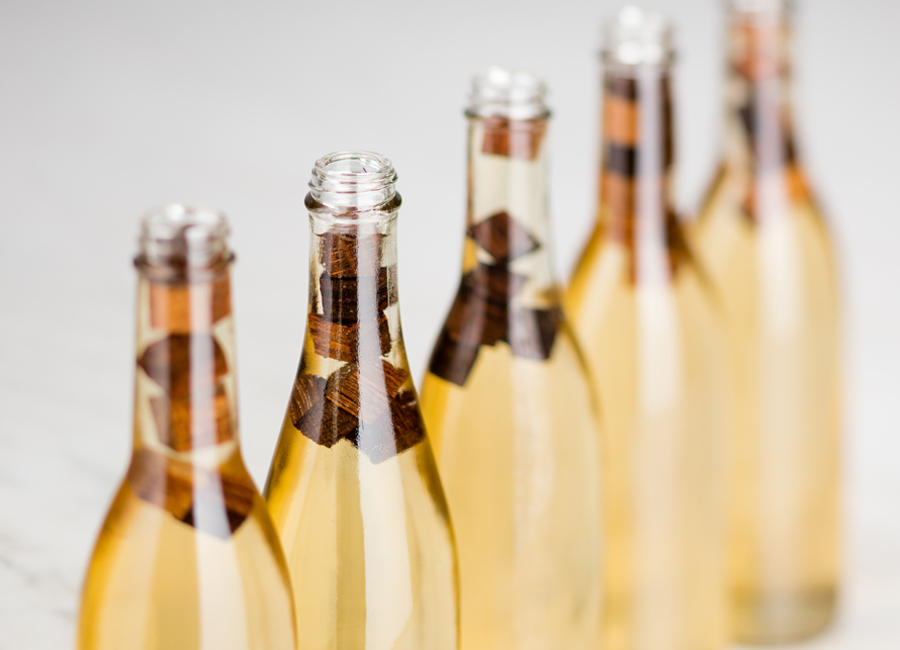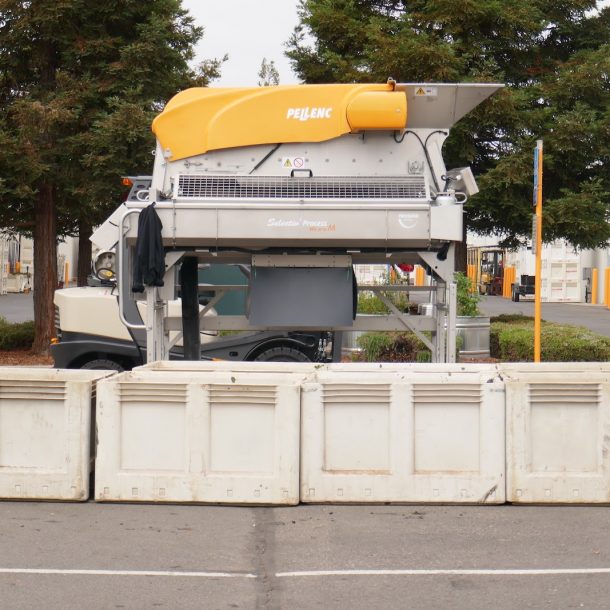We are always talking about pairing wine with food. But what about pairing your wine with wood? As a Winemaker, the use of oak, specifically oak complements, or “barrel alternatives” has proven to be an efficient, sustainable, and cost-effective way to create high quality wines without the use of barrels. But isn’t it much easier and more “traditional” to put wine in a barrel for 18 months then pull it out and bottle the improved version of your beloved creation? The answer to that is a resounding…maybe. If in fact two years ago you happened to choose the right wine paired with the right cooper with the right toast of the right oak and diligently maintained your topping and wine chemistry, and your wine came out perfect, then pat yourself on the back, you are a total winemaking stud. But imagine you didn’t quite nail it on the first try and all of your winemaking stars didn’t align. You’re stuck with that very expensive mistake for years, and since barrels are a tremendous monetary investment, most wineries cannot afford to just write them off.
In contrast, oak complements provide the Winemaker a vast palate of flavors, aromas, and textures that they can utilize very specifically to craft their wines. Through the process of small-scale oak soaks, a Winemaker can evaluate on the bench many different oak profiles all in one sitting and find the perfect oak with the perfect profile to pair with their wine. The oak impact can also be very precisely determined at this time. This same exercise would take years, or possibly an entire career, to achieve using only barrels.
Not all barrel alternatives are created equal, however. It is very important that the winemaker choose an oak supplier that properly seasons their wood and has a proven track record of quality and consistency. Wood that hasn’t been properly seasoned can be sappy, resinous, and bitter and can dry out and ruin your wine. Properly seasoned wood is stored outside, exposed to the cold and the heat and the rain and the sun and is allowed to experience the full changing of the seasons for a minimum of 24 months. It reminds me of the old saying, “the beatings will continue until morale improves”. In wood seasoning this approach actually works – the weather beatings continue until the quality of the wood improves.
I have always found that the Winemakers who are the most successful in using barrel alternatives are the ones that spend most of their time thinking about what they want to accomplish then planning out how they are going to do it. They think beyond just aromas and flavors but of texture and length and consistency as well. Then a good chunk of time is spent experimenting and tweaking the process.
Scaling up from an oak soak in a bottle is very easy to do and how big you go is entirely up to the winemaker and the wine program. Typically, if you have the time, I suggest using larger formats like staves as I have found they provide the most barrel-like impact. Since larger oak formats extract slower than say chips, it also allows more time to evaluate the wine as the oak impact extracts and develops in your wine. If your timeline is compressed and you need to get that wine ready like yesterday, barrel alternatives allow you the flexibility to choose a smaller format that extracts much faster which can be very handy in a pinch.
If replicating a barrel is your goal, think about what happens to your wine when you age and ferment in a barrel. Specifically, think about the influence temperature and oxygen has on the wine. For instance, barrel fermented chardonnay typically sees a temperature spike when the fermentation is really rocking but so many winemakers using barrel alternatives ferment their chardonnays cold and slow and wonder why the wine tastes very different from its barrel-fermented cousin. Consider letting your ferments get a little warm mid ferment if replicating barrels is your goal. The same can be said about oxygen in both reds and whites. Wines get a small, steady dose of oxygen throughout the winemaking lifecycle through transfers, topping, and treating, etc. The use of micro-oxygenation and the precise dosing of small amounts of oxygen to your tank can mimic this oxygen exposure and help your wines evolve and help with oak integration as well.
Learning the process of utilizing barrel alternatives in your winemaking program doesn’t happen overnight or without some trial and error and constant tweaking. But if you have a goal in mind, plan accordingly, and stick with the basic fundamentals of winemaking you will soon realize what a tremendous tool barrel alternatives can be, and you just might have a little fun along the way. If not, then commence the beatings!
-Jason Dodge, Managing Director, Winemaking



